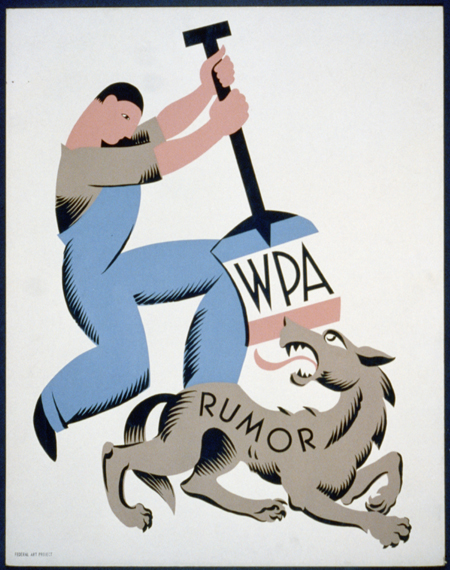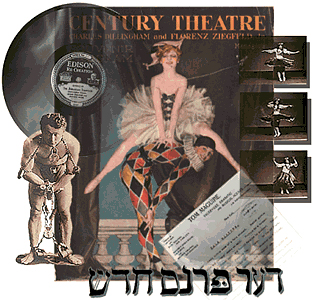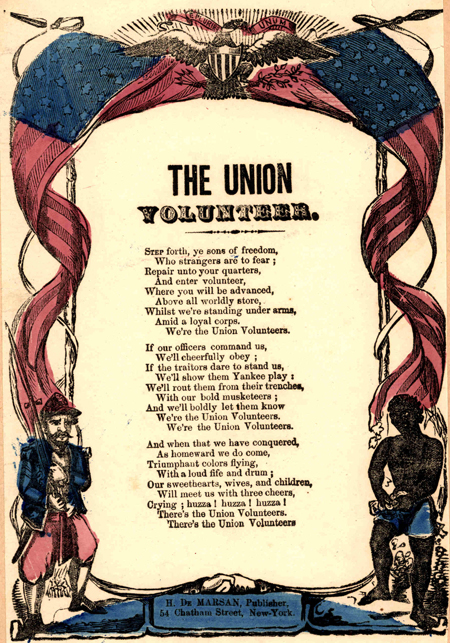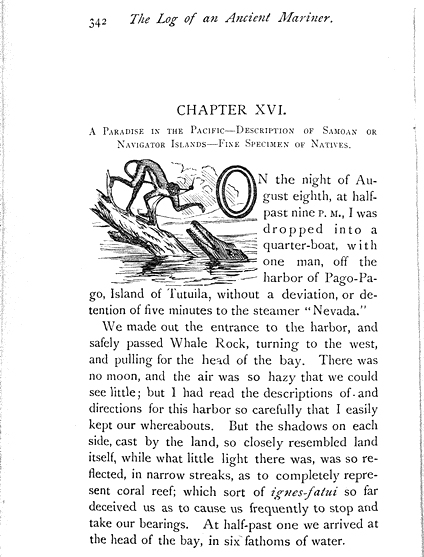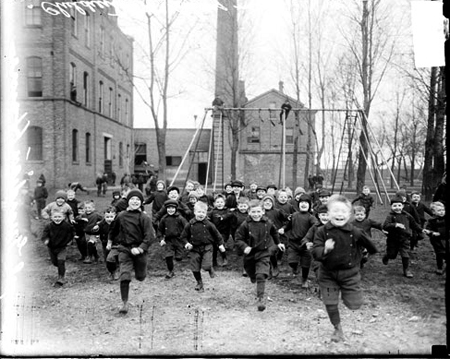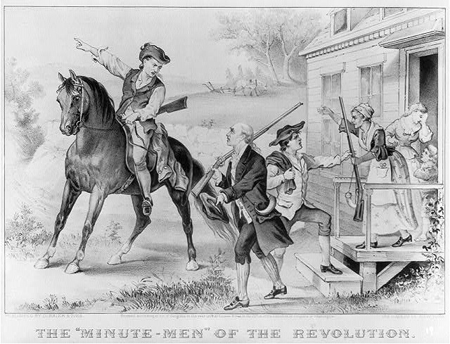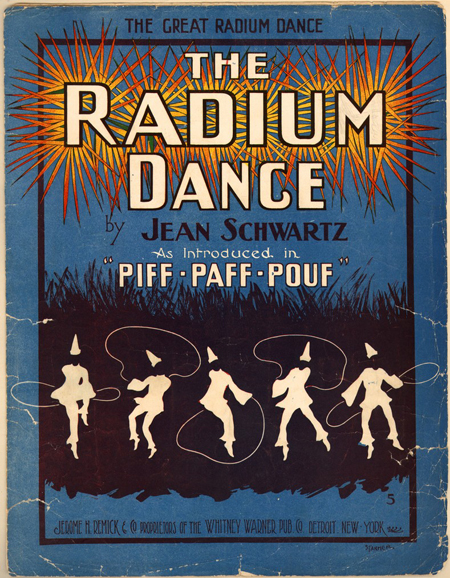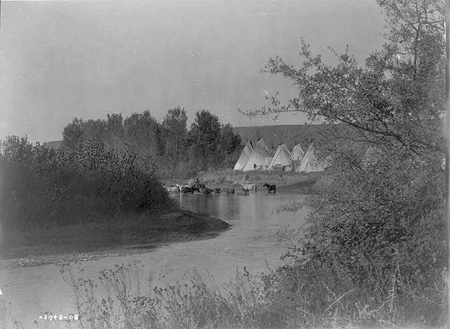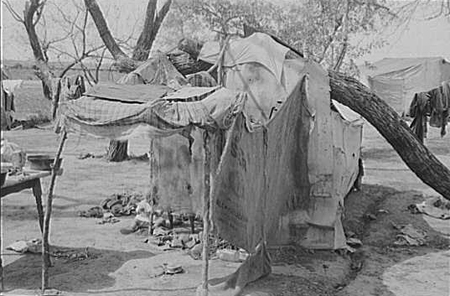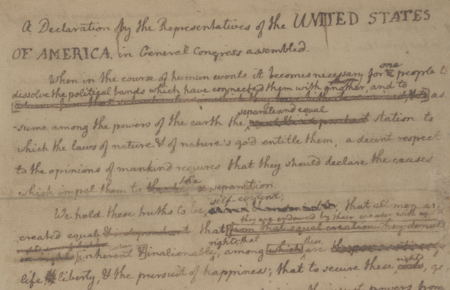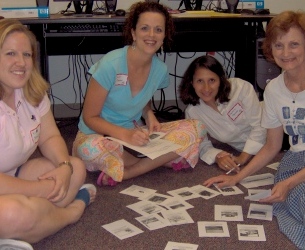Primary Source Learning: Teaching with Primary Source Posters
The Teaching with the Library of Congress blog gives some great tips on using the WPA Poster collection with students. One idea is to have students identify persuasion techniques. For a great resource on typical advertising persuasion techniques, check out Print Advertising Across the Centuries project. One teacher used this project as a template and created a…

